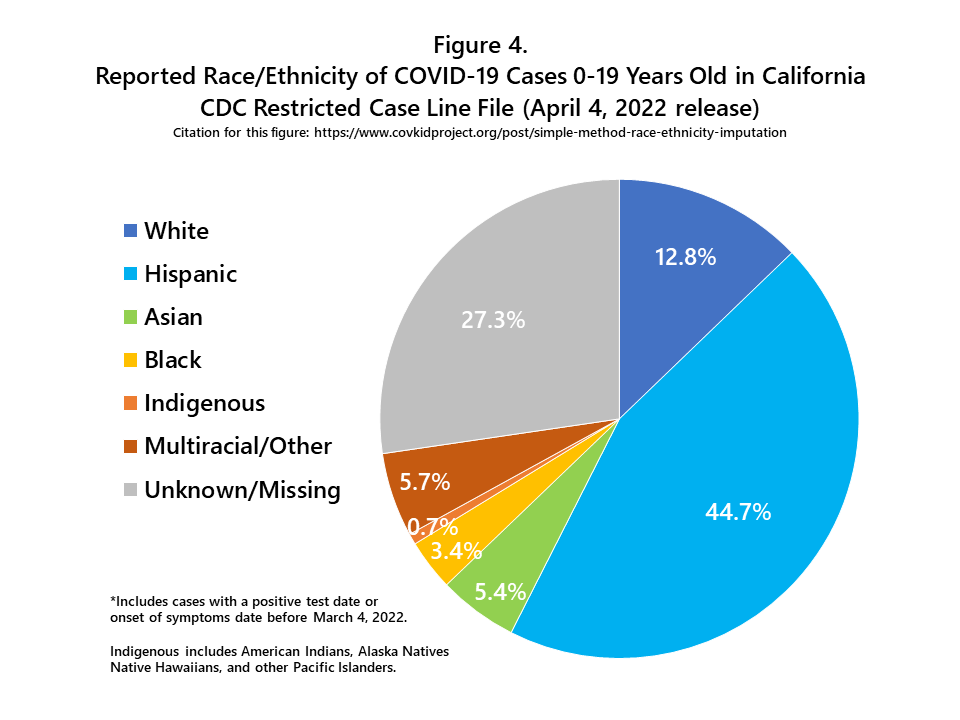The NY Times was Wrong: COVID Mortality is Still Higher for Black, Hispanic, & Indigenous Americans
- Dr. Beth Pathak

- Jun 21, 2022
- 3 min read
When David Leonhardt compared crude COVID-19 death rates by race and concluded that COVID-19 mortality is higher in whites than in Blacks, he made an elementary mistake that my epidemiology students over the years have spent many hours learning to avoid. [We epidemiologists use the word “crude” to refer to rates that clump all ages together without any adjustment or stratification. These types of rates are “crude” in the negative sense – rough, inaccurate, and misleading.]
Mr. Leonhardt assumed that the difference he observed (a higher crude death rate among whites vs. Blacks) was due to race. In actuality, the higher crude death rate among whites is due solely to what epidemiologists call “confounding by age.” Confounding is a technical term in epidemiology and it means mistakenly attributing causality to one factor when a completely different factor is the true cause.
Here’s the truth: at every age, from infants <1 year old to grandparents 85 years and older, Black, Hispanic, and Indigenous Americans (through age 84) suffer higher COVID-19 death rates than whites.

This was true in 2020, and it’s still true in 2022. You can see this clearly in Figures 1 and 2. [All the data in this article come from CDC WONDER, and are derived from death certificates reported to the National Center for Health Statistics.]
So why is the crude COVID-19 death rate higher for Whites than for Blacks?

The reason is that the White population is so much older than the Black population, and COVID-19 death rates are driven primarily by age – older people die at much higher rates than young adults and children.
During the first 5 months of 2022, the majority (56%) of white people who died from COVID-19 were 75 years or older at the time of their deaths. But among African Americans, only 40% were 75 years or older at the time of death.
Why is the White population so much older than the Black population? The answer to that question is chilling in its simplicity – because for decades (we don’t have good data prior to 1933), life expectancy for Blacks has been so much lower than life expectancy for Whites. In plain English, because of higher levels of infant mortality, child mortality, and young adult mortality, a much lower percentage of Black folks ever survive to be 65, 75, or 85 years old. These same historical trends hold true for the US Indigenous (American Indians, Alaska Natives, Native Hawaiians, and other Pacific Islanders) population to an even greater extent.
Epidemiologists never compare death rates across racial/ethnic groups unless one of two conditions are met: the rates are “age-specific” or “age-adjusted.” When age is a strong risk factor for mortality – a condition met by almost every major disease whether infectious or non-communicable – it is never scientifically appropriate to compare crude death rates across populations with different underlying age structures. You can see the substantial differences in the crude vs. age-adjusted death rates in Figure 3.

A recent study by The COVKID Project team compared COVID-19 death rates by both race/ethnicity and socioeconomic position for working age adults in 2020. We found that the Asian population is the most highly educated, and most likely to work in professional/white collar occupations – the overall low death rates at each age for Asians are consistent with their relative socioeconomic advantages. Conversely, Hispanic, Black, and Indigenous adults were much more likely than whites to be in the working class – meaning with no college education and working in blue collar, service, or retail sales jobs. These "never remote" jobs require onsite attendance and carry significant risks for exposure to the airborne virus that causes COVID-19.
In conclusion, persistently higher COVID-19 death rates for Blacks, Hispanics, and Indigenous Americans at every age reflect their (on average) lower socioeconomic positions and consequent greater risks for both viral exposure (via worksites, public transportation, and lower quality housing) and poor quality medical care (via structural barriers to timely, accessible, evidence-based, and non-discriminatory emergency and inpatient hospital treatments) compared with non-Hispanic white Americans.




Comments